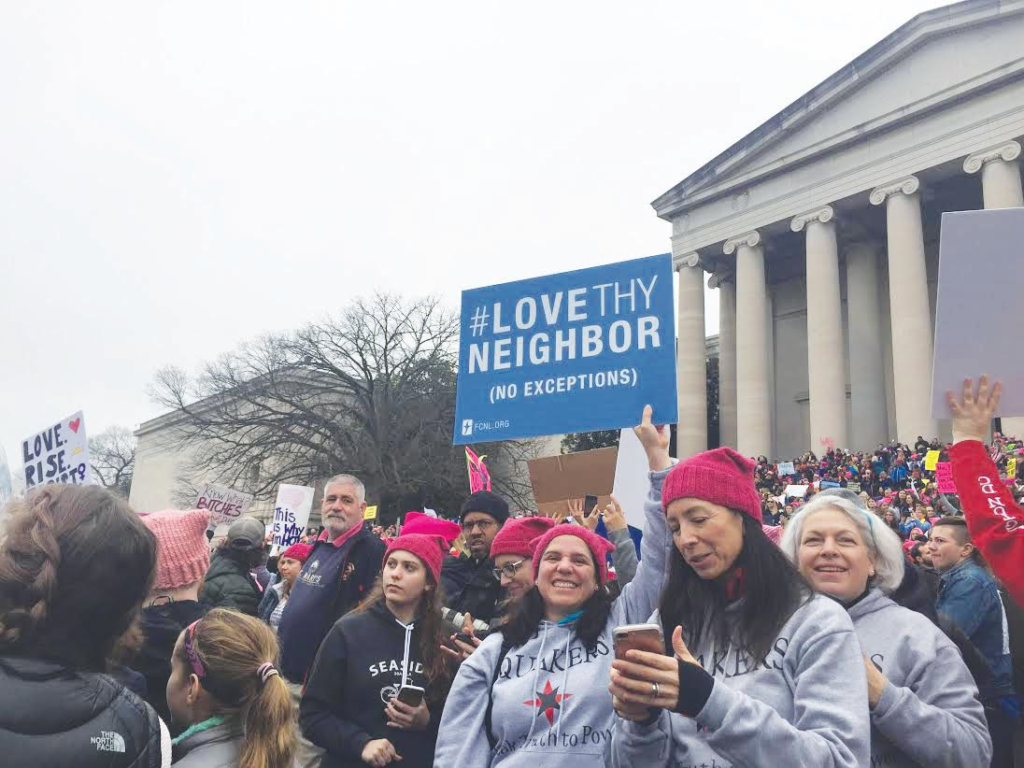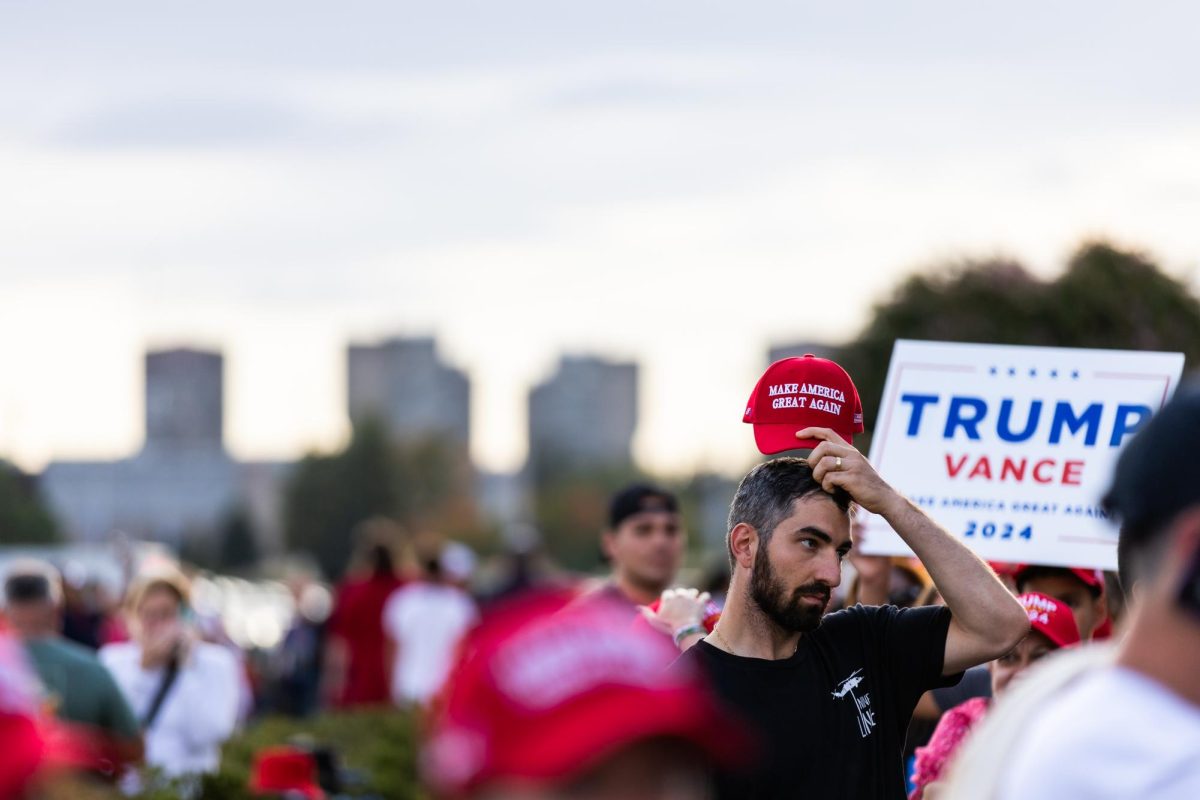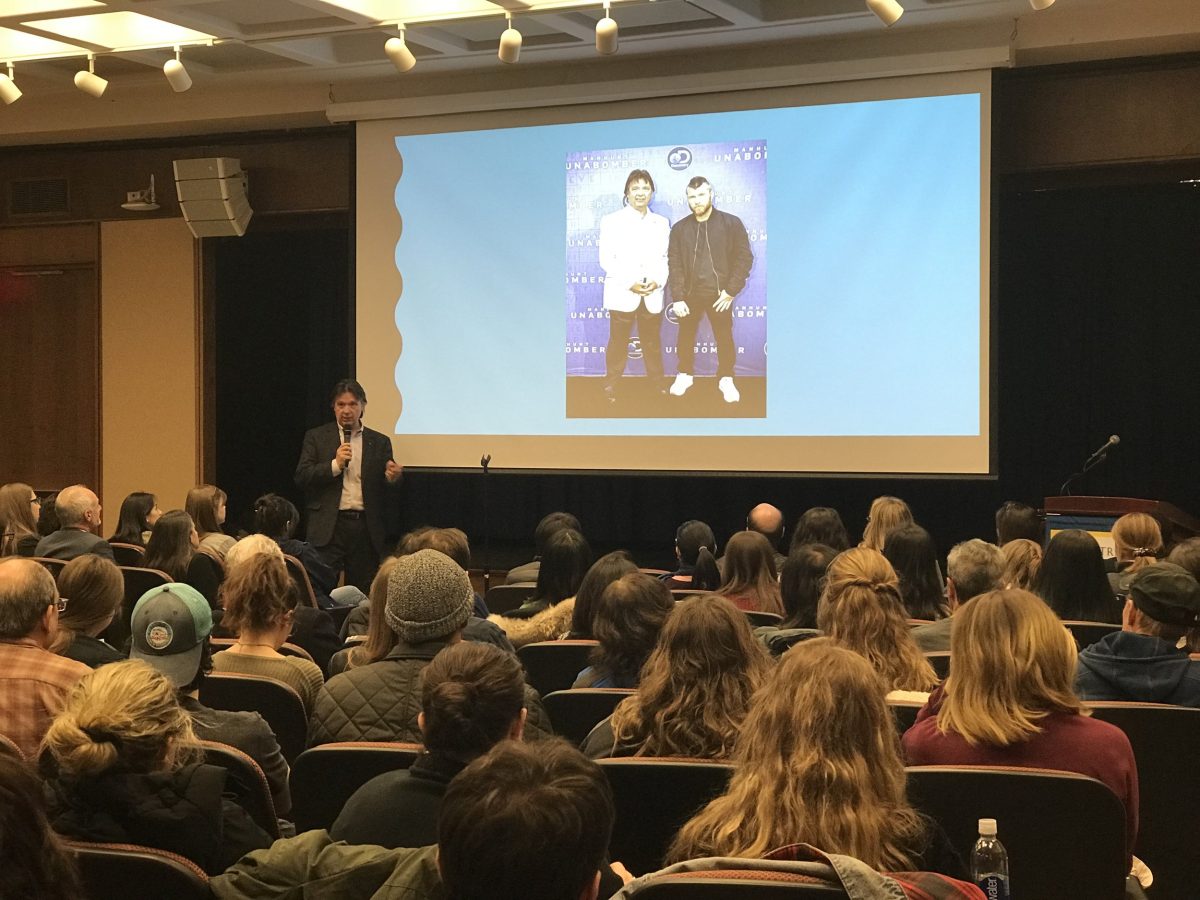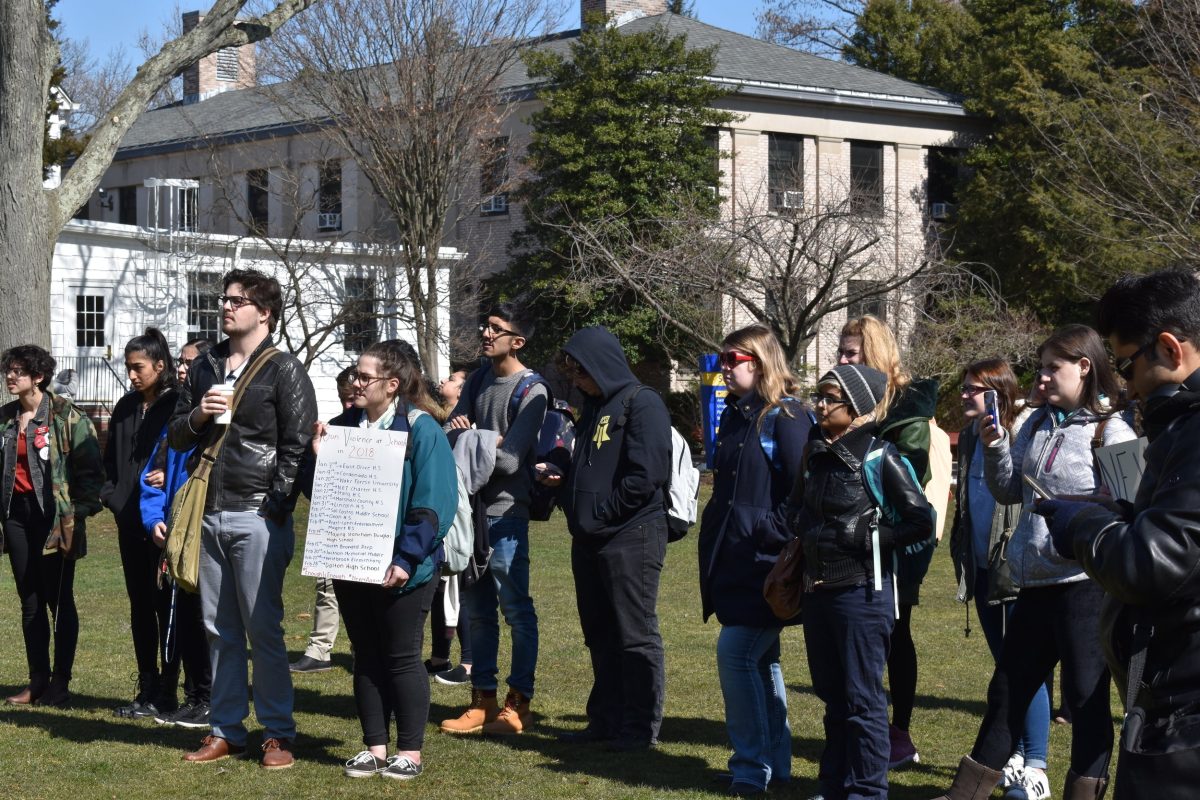By: Elyse Carmosino
Millions of women, men and children across the globe gathered for Women’s Marches on Jan. 21, the largest of which was held in Washington, D.C. The demonstrators protested President Trump’s newly selected administration, as well as their stances on issues including rights for women, rights for people of color, immigration and the environment.
The rally in D.C. featured well-known speakers and performers who fired up the crowds before marching toward the White House. Speeches were given by notable actors, musicians, celebrities, politicians and activists, as well as the movement’s four national co-chairs: Linda Sarsour, Tamika Mallory, Carmen Perez and Bob Bland. The co-chairs have worked throughout their lives for social justice, civil rights, equality and sustainability.
The movement, which began as a call to action in a single Facebook post, spread across the world in the 10 weeks between election night and the president’s inauguration. Sister marches were organized in every capital city in the United States – as well as many other cities – and hosted abroad in cities including Buenos Aires, London, New Delhi, Nairobi, Sydney and on the Antarctic Peninsula. As the campaign grew in size it decreased in exclusivity, as women from every race, ethnicity, religion, background and walk of life sought to have their concerns and ideas heard.

“I think that if you don’t like the way the system is, you have to show that you will not be complacent,” said Natasha Rappazzo, a senior political science and history major and president of the Campus Feminist Collective. She attended a march in Dallas, Texas, which was organized by State Representative Victoria Neave.
“Protest is just one of the many ways to reject passivity in a corrupt system,” Rappazzo said.
Suha Khanker, a senior global studies major, attended the march in New York City because she felt she needed her voice heard in the current political environment.
“I went because I felt like it was a civic duty. I had to take a stand against the current administration’s discriminatory rhetoric … Being at the March was super empowering and heartwarming. The inclusiveness of it gave me hope that we can fight the racism, sexism and xenophobia perpetuated by Donald Trump,” Khanker said.
It was not hard to spot Women’s March attendees due to a project that was created by two women known as the Pussyhat Project. Handmade pink “pussyhats,” shaped to resemble cat ears, could be seen throughout the crowds. They account for the aerial shots of the march that appear to show a flood of pink in the nation’s capital.
“It seemed like there were never-ending people,” said Kat Smith, a sophomore women studies and journalism major who attended the march in D.C. “It felt good to know that many people had done this.”
Many men attended in solidarity with women’s issues and in protest of the rhetoric heard during Trump’s campaign, frequently described as alienating to marginalized groups.
Bernard Coles, a senior sociology major who attended the march in D.C., said of his reasons for protesting: “I wanted to be a part of the global opposition to Donald Trump’s presidency. He may have navigated the American electoral system to power, but that is no indication of how the American people feel about him as a leader.”
The marches across the world were only the first step for the Women’s March movement. Those who attended in D.C. were implored to take part in a “10 Actions / 100 Days” campaign during the first hundred days of Trump’s administration.
Organizers called on protesters to contact their local government officials daily to share their opinions on national and local issues, and some speakers even insisted that people try to get involved in local government and politics.
While each student had his or her own reasons for participating in the Women’s March, the overall message remained largely the same: many Hofstra students are concerned about what the future holds during the Trump presidency.
The official Facebook page for the March summarizes the reasons why many people of all backgrounds felt it necessary to participate in the historical protest.
“The rhetoric of the past election cycle has insulted, demonized and threatened many of us: immigrants of all statuses, Muslims and those of diverse religious faiths, people who identify as LGBTQIA, Native people, Black and Brown people, people with disabilities and survivors of sexual assault … The Women’s March on Washington will send a bold message to our new administration on their first day in office, and to the world, that women’s rights are human rights. We stand together, recognizing that defending the most marginalized among us is defending all of us.”




